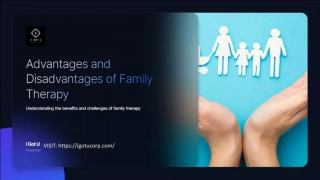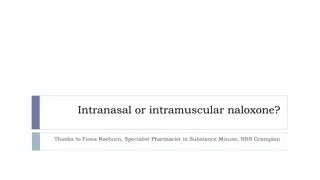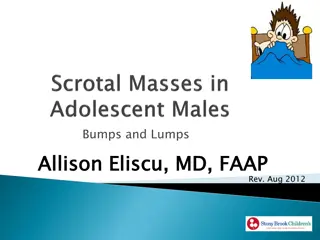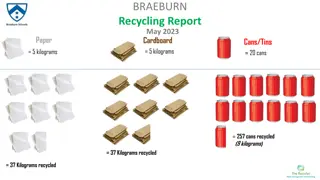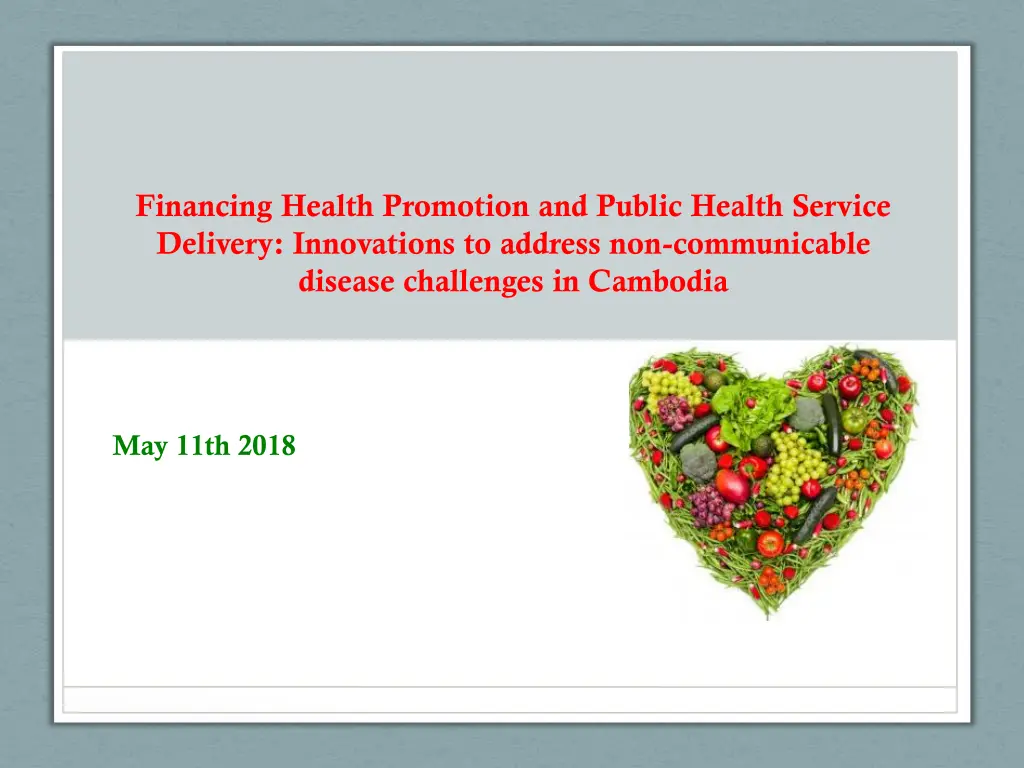
Addressing Non-Communicable Disease Challenges in Cambodia: Innovations in Health Financing
Explore innovative health financing approaches in Cambodia to tackle non-communicable diseases, focusing on public health service delivery, burden of NCDs, catastrophic expenditure, and key recommendations for improved funding strategies.
Download Presentation

Please find below an Image/Link to download the presentation.
The content on the website is provided AS IS for your information and personal use only. It may not be sold, licensed, or shared on other websites without obtaining consent from the author. If you encounter any issues during the download, it is possible that the publisher has removed the file from their server.
You are allowed to download the files provided on this website for personal or commercial use, subject to the condition that they are used lawfully. All files are the property of their respective owners.
The content on the website is provided AS IS for your information and personal use only. It may not be sold, licensed, or shared on other websites without obtaining consent from the author.
E N D
Presentation Transcript
Financing Health Promotion and Public Health Service Delivery: Innovations to address non-communicable disease challenges in Cambodia May 11th 2018
Background Part of multi-country report on "Financing Health Promotion for NCD prevention by International Health Policy Program and Thailand Health Foundation, for 8 countries (Bhutan, Cambodia, Indonesia, Philippines, Sri lanka, Thailand, and Vietnam) The objectives are to produce (1) country report on Financing Health Promotion of the 8 countries and (2) a synthesis of cross country paper
Brief of the country report Background of Cambodia, health status of the population, disease burden Health Financing: overall health financing , financing of health promotion and public health services (spending on prevention and public health services was 6.8% of THE in 2014) Innovative health financing interventions: internal and external contracting, PBF, vouchers, midwifery incentive scheme, CBHI, HEFs, SDG
Catastrophic expenditure -NCD 25% 20% 15% 10% 5% 0% 2009 2010 2011 2012 2013 HH without member with chronic disease HH with member with chronic disease
Number of medical visits last month (2014) Average medical care visit 30 days 1.6 1.4 1.2 1 0.8 0.6 0.4 0.2 0 Non-NCD NCD
OOP as % of monthly income (2014) OOP as % income 35 30 25 20 15 10 5 0 Non-NCD NCD
Brief of the country report Insufficient attention for NCDs The National Centre for Health Promotion (NCHP) has US$150,000/year (excluding donor support) The Bureau for NCD received only US$15,000 in 2017 National strategic plan for NCD: addresses all best buy interventions by WHO but mainly on primary prevention Way forward: Apart from some support for tobacco control, peer education networks, integrated NCDs clinics and screening for cervical cancer, the RGC and Development Partners should consider reallocating existing funds in line with the prevailing burden of disease. Suggestions: [1] estimate the cost of health system for not addressing NCDs;[2] awareness amongst high-level policymakers about the economic and social implications of NCDs; [3] global funding mechanisms for NCDs; [4] allocation of money from tobacco & alcohol taxation for health promotion activities and introduce tax for sugary beverages





